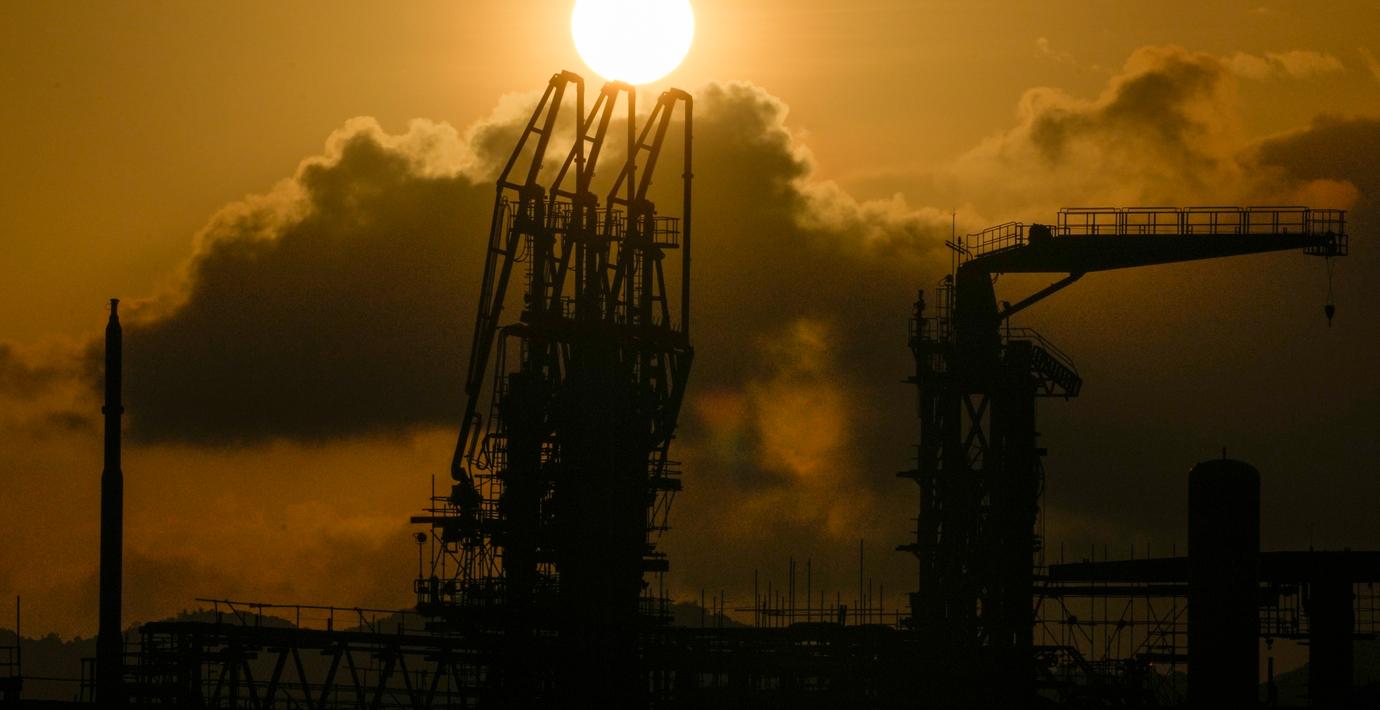Trump's first term
US authorities purge information on climate, diseases and LGBTQ issues
Information on climate change, LGBTQ rights, diseases and inclusion efforts were purged from the websites of several US authorities on Friday evening, US media reports.
According to NPR, the purge is a result of two presidential orders from Donald Trump, one of which aims to stop what is called DEI (diversity, equality and inclusion) in the US and the other is aimed at issues of gender identity and transgender people.
The healthcare authorities have, among other things, deleted information on LGBTQ rights and a tool for tracking cases of HIV, tuberculosis, hepatitis and sexually transmitted diseases.
The US equivalent of the Civil Aviation Administration, the FAA, has also, according to AP, removed information about its inclusion efforts. Trump claims, without evidence, that the recent plane crash in Washington DC was a result of such initiatives.
Trump's numbers in the red – lowest support ever
Donald Trump's support among voters is the lowest for any American president since modern polling began in 1953. This is reported by The Times, which has taken note of a survey from the venerable Gallup opinion institute.
The survey subtracts the share with a negative attitude towards the president from the share with a positive attitude. According to this method, John F Kennedy received 66 percent support shortly after his inauguration – the highest ever. Joe Biden received 20 percent. For Donald Trump, the figure is minus one percent.
Within his own party, however, Trump has very strong support: 91 percent have a positive attitude.
Sources: Trump to clean up the FBI next week
FBI employees who worked on investigations against Donald Trump will be fired on Friday next week. This is reported by sources for a number of American media.
Several high-ranking officials in the Justice Department and the FBI have already been asked by the White House to resign by Monday. Those who do not comply will reportedly be fired.
It is still unclear exactly how many people are included in the layoffs. According to CNN, it concerns at least six managers and “dozens” of employees further down the line. According to NBC News, it could be as many as 20 managers.
Trump's tariffs
Trump: “Will I impose tariffs on the EU? Absolutely”
Donald Trump is about to make his threat of punitive tariffs against Mexico, Canada and China a reality starting on Saturday. However, the president does not expect any major market reaction as a result of the measures, he told reporters at the White House on Friday evening. This is reported by Reuters and AFP.
When it comes to the EU, no decisions have yet been made.
– Will I impose tariffs on the EU? Do you want the truthful answer or the political one? Absolutely. The Union has treated us terribly, says the Republican.
Border policy in the US
The White House wants authorities to share data on unaccompanied children
The Trump administration wants to give immigration officials access to a database with information on hundreds of unaccompanied refugee children. The Washington Post reports.
The database was created by an agency responsible for children's health. The list has not previously been shared with immigration or customs authorities for fear that the children's parents would then stay away to avoid arrest and deportation.
Tom Hofman, Trump's head of border policy, tells the newspaper that he does not rule out using the list to arrest the children's parents, but that that is not the main purpose.
- This is about finding the children, he says.































